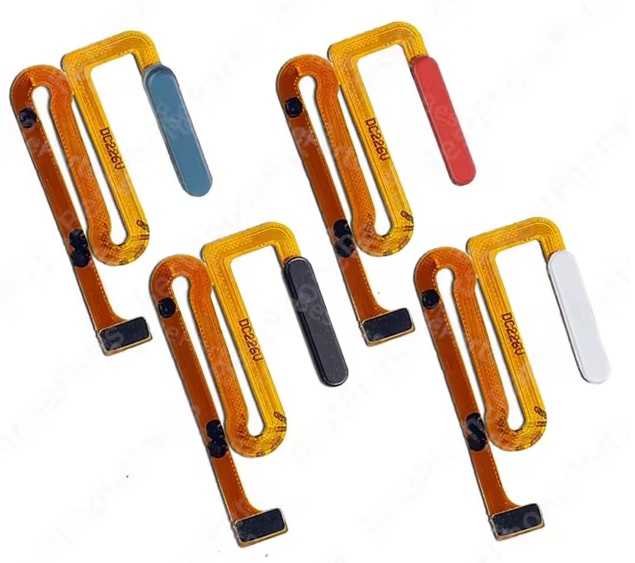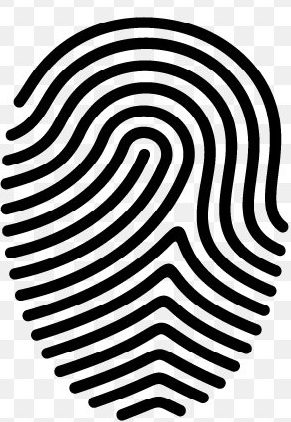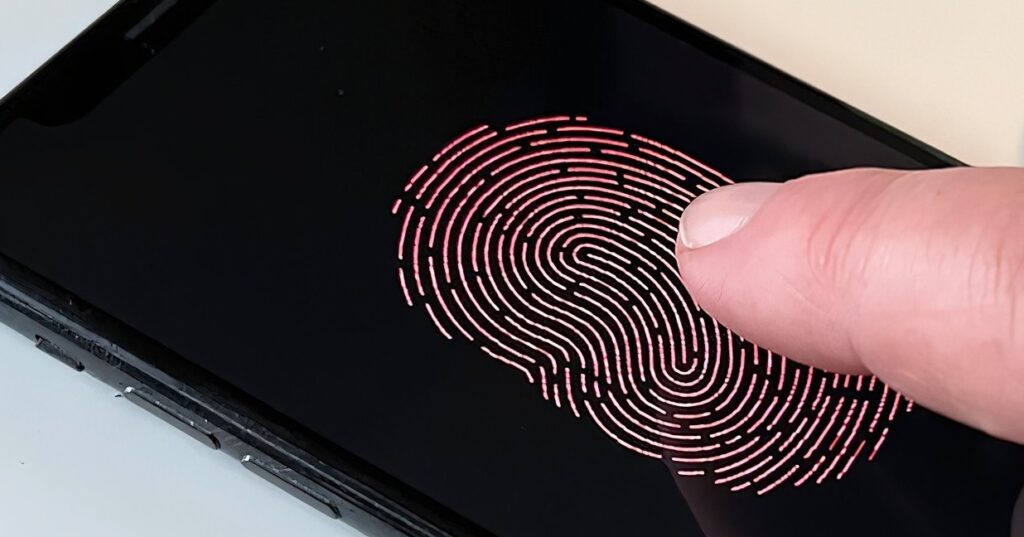
The iPhone 16 is expected to feature an upgraded or completely redesigned fingerprint authentication system, following Apple’s trend of refining and improving its security features with each iteration. While there’s no official confirmation on all the features yet, let’s explore potential developments and improvements based on trends and patent filings, as well as the direction Apple is likely to take with its next generation of smartphones.
1. Current Fingerprint Authentication (Touch ID) Technology
As of the iPhone 15 series, Apple has continued to rely on Face ID for most biometric authentication, especially with the introduction of Face ID in the iPhone X. However, Touch ID has not been abandoned; it is still present in some models like the iPhone SE series. The iPhone 15 Pro models, for example, use Face ID as the primary biometric method, but Touch ID is still present on earlier models and the iPhone SE.

2. Potential Integration of Fingerprint Sensor in the Display
One of the most likely advancements for the iPhone 16 is the integration of the fingerprint scanner under the display, a feature that many other phone manufacturers have already adopted. Apple has explored this option with patents, and there is speculation that Apple will incorporate this feature across its entire lineup by the iPhone 16 generation. Currently, the iPhone 15 Pro models use Face ID, but some rumors suggest that Apple might use an in-display fingerprint scanner, eliminating the need for a physical button. This could offer a more seamless and uniform user experience.

3. Ultrasonic vs Optical Fingerprint Scanning
There are two primary types of in-display fingerprint scanners: optical and ultrasonic. Apple has been researching ultrasonic fingerprint scanning technology, which provides better security and performance than optical sensors. Ultrasonic sensors map the fingerprint in greater detail and are harder to fool with fake fingerprints.
- Ultrasonic Fingerprint Sensors: These are the most secure type of under-display sensors. They work by emitting high-frequency sound waves to create a 3D map of the fingerprint. The sensor captures details such as the depth and texture of the ridges, making it harder for fake prints to be used for fraudulent access. This would be a natural progression for Apple, which has a focus on privacy and security.
- Optical Fingerprint Sensors: These work by using light to capture an image of the fingerprint. While they are less advanced than ultrasonic sensors, they are typically cheaper and still effective at basic fingerprint recognition.
Given that Apple prioritizes security, it’s likely that the iPhone 16 will adopt an ultrasonic fingerprint sensor if the company goes down the path of an under-display sensor.
4. Improved Fingerprint Accuracy and Speed
Another area where Apple may improve fingerprint scanning technology is in its speed and accuracy. With every iteration, Apple seeks to make user interactions faster and more efficient. Thus, the iPhone 16 may feature an upgraded algorithm to increase the responsiveness and accuracy of the fingerprint scanner. This could result in faster recognition times and the ability to recognize fingerprints from a wider range of angles.
5. Multiple Fingerprint Scanning
Apple may further enhance the user experience by allowing users to store multiple fingerprints, which would make it easier for multiple people to unlock the phone. This feature is already available in some Android devices, and integrating it into iPhone 16 could streamline the experience, especially for family members or business environments where multiple users need to access the device.
6. Security and Privacy Enhancements

Apple is known for its emphasis on privacy and security, and this would likely extend to the fingerprint sensor as well. The iPhone 16 could include advanced encryption algorithms that would store fingerprint data in a secure enclave on the device, making it virtually impossible for unauthorized parties, including Apple itself, to access the fingerprint data.
Additionally, it’s possible that Apple will implement new methods to avoid “spoofing” or faking fingerprints, with advanced algorithms that analyze the depth and texture of fingerprints or even implement multi-modal biometric systems, where both Face ID and fingerprint authentication work together to ensure the highest security level.
7. Potential for Fingerprint Scanning with Gloves or Wet Hands
Apple could also improve the fingerprint sensor’s ability to work under a variety of conditions. Currently, many optical or ultrasonic sensors can struggle to recognize fingerprints if the fingers are wet or oily, or if the user is wearing gloves. Apple could incorporate technology that improves performance under these conditions. For example, enhanced ultrasonic sensors could work more effectively through various types of materials, such as gloves, offering convenience in colder weather.
8. Fingerprint Authentication for Third-Party Apps
Fingerprint authentication could be integrated into more aspects of the iPhone experience in the future, including third-party apps. While currently, Touch ID and Face ID can be used for apps and transactions through Apple Pay, there may be expansion into other apps that require secure login, like banking apps, secure file storage apps, and even apps for business.
Conclusion
The iPhone 16’s fingerprint authentication system may likely be a significant improvement over its predecessors, with the possibility of incorporating in-display fingerprint scanning technology, enhanced security features, faster recognition, and greater accuracy. If Apple chooses to focus on an in-display fingerprint scanner, it could use either optical or ultrasonic sensors, with the latter being the more likely option due to its higher security capabilities. Combined with Face ID, the fingerprint system on the iPhone 16 is poised to offer an even more secure, efficient, and user-friendly experience.
Ultimately, as Apple tends to focus heavily on privacy and security, any upgrades to the fingerprint sensor will likely be a key feature of the iPhone 16.